Biodiversity — that is, the interconnectedness of all forms of life on our planet — is in jeopardy as ecosystems and habitats degrade and disappear. On the heels of a landmark global agreement to protect our lands, ocean, and waters, discover what biodiversity really means and what it will take to preserve life on Earth.
From microscopic fungi to mega forests, “biodiversity” is the collective term for the variety of life on Earth in all its forms. It is 4.5 billion years of evolution, embodied.
Biodiversity is responsible for our food, our soil, our water, our weather, even the air we breathe. Yet despite being a crucial foundation for our collective future, biodiversity is often lost amid conversations on climate change — until recently.
In December 2022, leaders from nearly 200 nations adopted a landmark UN agreement to reverse nature’s rapid decline before it’s too late. Known as the Kunming-Montreal Global Biodiversity Framework, it calls for protecting 30% of the planet’s land, ocean, and inland waters and includes 23 other targets to help restore and protect ecosystems and endangered species worldwide.
HERE ARE 12 THINGS YOU SHOULD KNOW:
1. BIODIVERSITY IS MORE THAN JUST THE TOTAL NUMBER OF SPECIES ON EARTH.
“It is actually more complex than that,” Dr. Thomas Lovejoy, the late ecologist, told the United Nations Foundation in 2018. “It’s about the genetic diversity within species, the diversity of habitats, and the large biological units known as biomes.”
This includes the interactions that occur between species within ecosystems – primordial relationships that shape our environment in countless, often unseen ways.
“Without biological diversity, there is no other life on Earth — including our own,” he explained. “Even though we are often oblivious to it, this diversity of life is what provides clean water, oxygen, and all other things that end up being part of our diet, as well as clothing and shelter. It provides a lot of psychological benefits too, which are not much appreciated.”
2. WE’RE ONLY JUST BEGINNING TO UNDERSTAND BIODIVERSITY’S INFLUENCE AND IMPORTANCE IN OUR LIVES.
Earth’s many ecosystems rely on a delicate, complicated, and fascinating tangle of life that, in many ways, remains a mystery. In fact, the term “biological diversity” wasn’t introduced to the scientific community until 1980 in a research paper on species loss by Dr. Lovejoy. Scientists still haven’t identified all forms of life on the planet. New species are discovered every year.
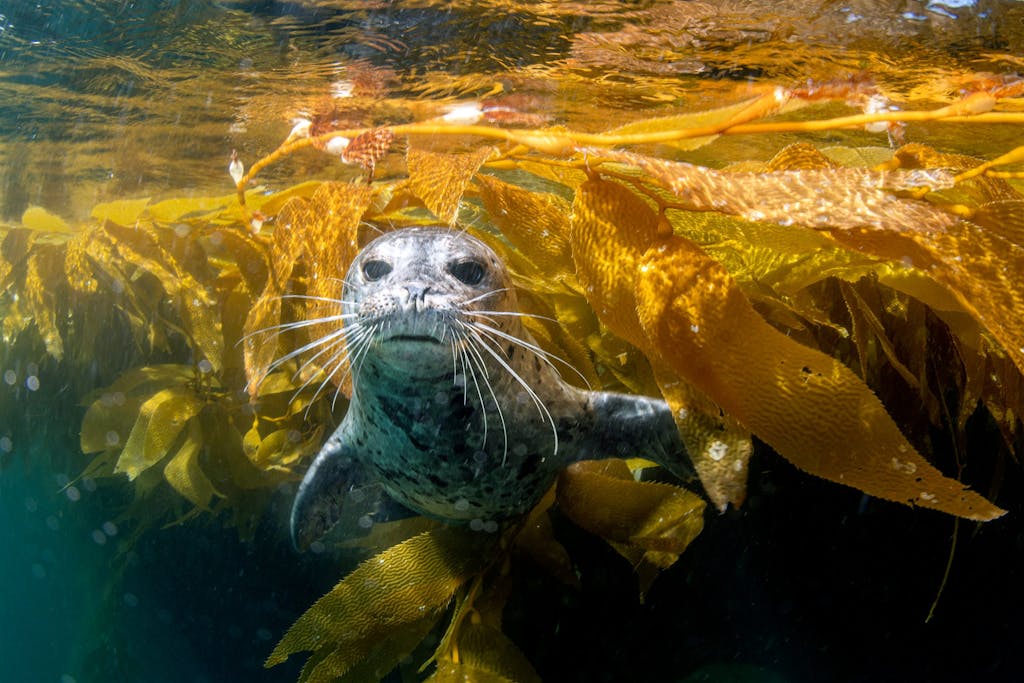
A harbor seal swims through kelp off the coast of Southern California’s Channel Islands. Seals are among the thousands of species that rely on kelp forests for food and shelter. PHOTO: Shutterstock/Joe Belanger
Take kelp, for example. These undersea forests provide sustenance and shelter for marine species like chinook salmon, which, in turn, serve as a staple food for orcas. And kelp also absorb excess carbon dioxide, which can help mitigate climate change.
3. THE PLANET’S BIODIVERSITY HOLDS ENORMOUS, UNTAPPED POTENTIAL FOR MEDICAL AND SCIENTIFIC BREAKTHROUGHS.
Lovejoy described each species on the planet as a unique set of solutions for a particular set of biological problems. “Whoever would have thought a bacterium from a Yellowstone hot spring would revolutionize forensic and diagnostic medicine, make the human genome project possible, and confer benefits in the trillion-dollar range?” he wrote as a Senior Fellow at the United Nations Foundation, citing a previously unknown and seemingly inconsequential microbe discovered in 1966 that revolutionized genetic testing and immunization development, including the COVID-19 vaccine.
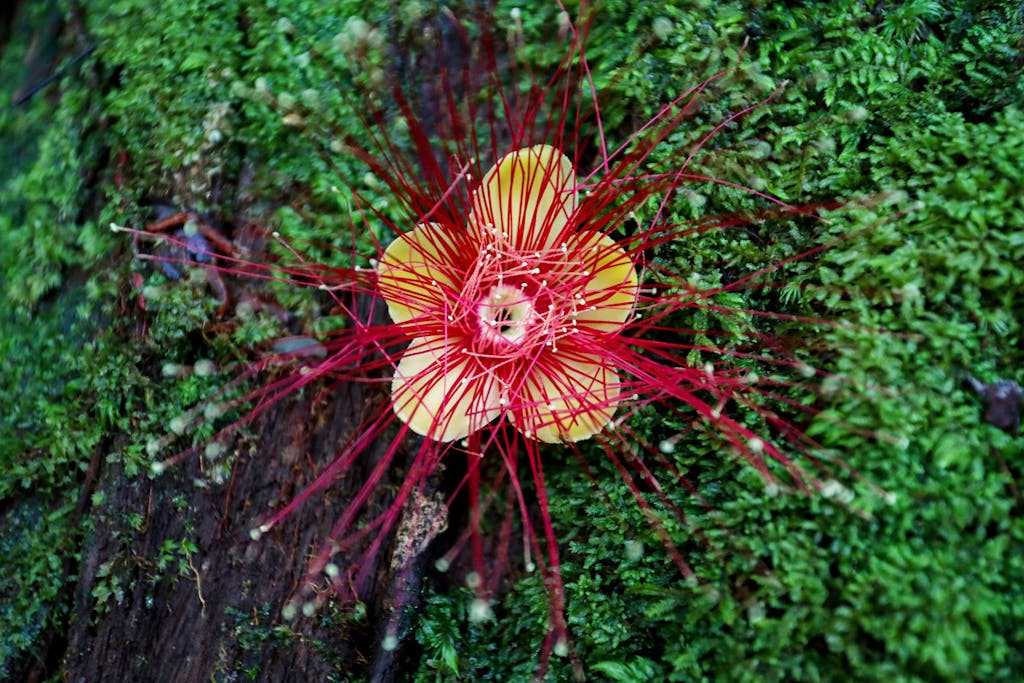
A flowering plant grows from a tree in the Amazon Rainforest, near the research station known as Camp 41 north of Manaus, Brazil. PHOTO: Michael Dantas/United Nations Foundation
Today, one-fourth of all modern medicines are derived from tropical plants, and 70% of all cancer drugs are natural or bio-inspired products. In the past decade, researchers in Nova Scotia found a soil fungus that can disarm antibiotic-resistant bacteria — a discovery that could transform the fields of medicine and agriculture. The possibilities for discovery and innovation are monumental.
4. CLIMATE CHANGE AND BIODIVERSITY ARE INTERCONNECTED.
Climate change is causing biodiversity loss, and biodiversity loss is causing climate change. Here’s how: Destroying and degrading ecosystems release more carbon dioxide into the atmosphere than burning fossil fuels.
Meanwhile, the consequences of burning fossil fuels — rising global temperatures, an increase in wildfires, and ocean acidification, to name a few — are devastating to the planet’s biodiversity by destroying habitats and animals alike. In late 2019 and early 2020, for example, more than 60,000 koalas were killed by wildfires in Australia so massive that nearly 3 billion species died or were displaced. Earlier this year, the Australian government officially listed koalas as an endangered species.
At COP 27 last year, world leaders reached a historic agreement to create a “loss and damage” mechanism to support vulnerable communities that are already feeling climate change’s disastrous impact, including biodiversity loss and the resulting impact on livelihoods.
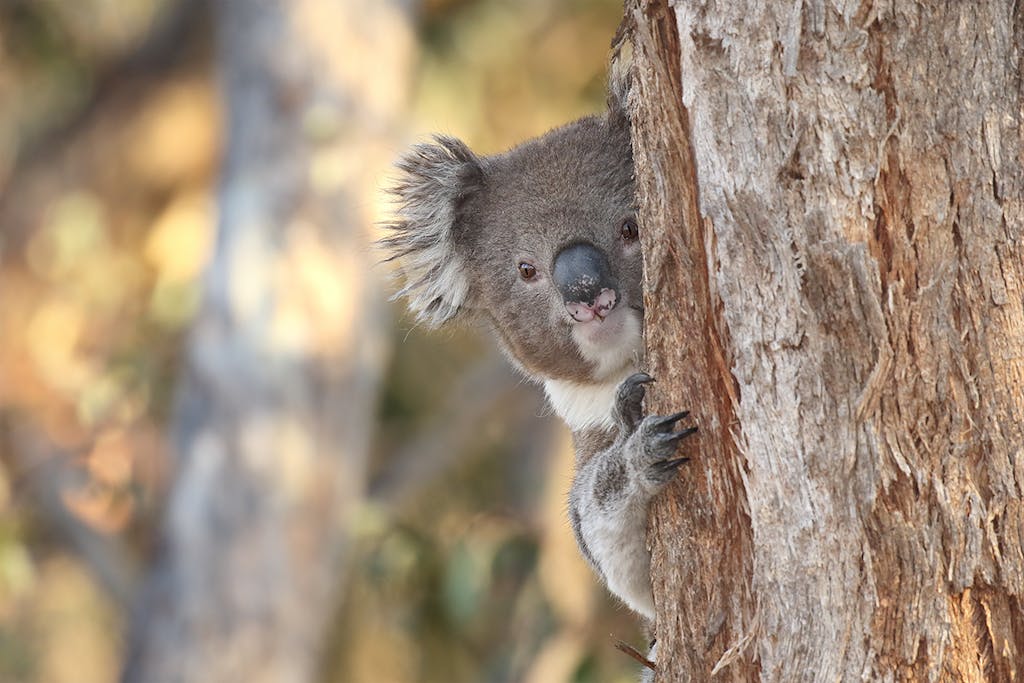
More than 60,000 koalas were killed by wildfires in Australia in late 2019 and early 2020. Increased wildfires and subsequent habitat loss are just one of the consequences of climate change. PHOTO: Patrick Kavanagh
5. BIODIVERSITY CAN HELP US ADAPT TO CLIMATE CHANGE.
The UN considers biodiversity our strongest natural defense against climate change. Land and ocean ecosystems currently absorb 60% of human-caused emissions, and they are the planet’s only way of storing massive amounts of carbon dioxide. Coastal wetlands, for example, protect against storm surges and flooding during extreme weather while also storing carbon dioxide and creating oxygen.
According to a joint estimate by the UN Development Programme and the Government of Papua New Guinea, every dollar invested in environmental protection generates more than $2,500 in so-called ecosystem services — water regulation, coastal protection, carbon storage, and other invisible functions that nature provides. It’s one of the reasons that Papua New Guinea launched the first-ever national, independent Biodiversity and Climate Fund to protect its status as one of just 17 “megadiverse” countries.
6. LESS BIODIVERSITY MEANS A HIGHER RISK OF DISEASE.
For decades, the scientific community has warned that biodiversity loss increases the spread of infectious disease. Why? Because extinction upsets the ecosystem in unpredictable ways, and the destruction of natural habitats increases interaction between humans and wildlife. Biodiversity essentially acts as a barrier between humans and animal-borne disease.
Species that tend to survive logging, farming, mining, wildlife trade and consumption, and other human activities behind widespread biodiversity loss are often “vectors of disease” like mice and mosquitoes, which host pathogens that are able to make the jump to humans. It’s one of the reasons that cases of Lyme disease in the northeast United States have spiked in recent decades: With fewer mammals to prey on, ticks are increasingly seeking out people. In fact, roughly 75% of emerging infectious diseases are zoonotic.
It’s also why researchers like Dr. Alessandra Nava and her team of virus hunters at Brazil’s Fiocruz Amazônia are tracking the spread of disease in bats, monkeys, and rodents in the world’s largest rainforest. Their goal is to stay a step ahead of future pandemics by better understanding the pathogens contained within the jungle’s creatures before they come in contact with humans — encounters that become more likely as the human footprint expands.
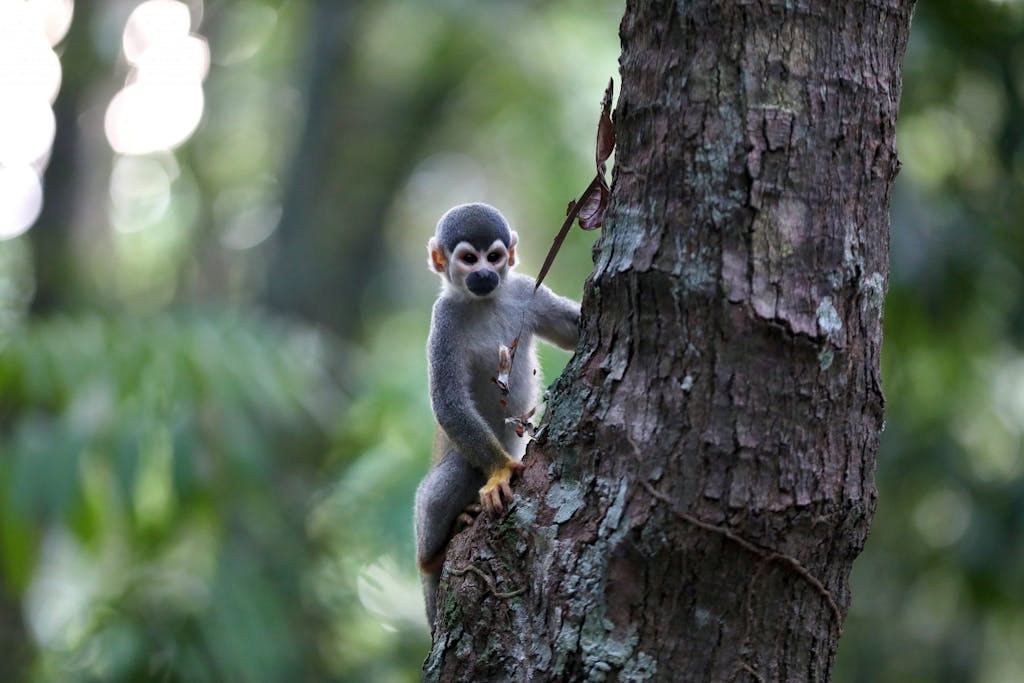
A golden-backed squirrel monkey at the Bosque da Ciência, a rainforest park in Manaus, Brazil. PHOTO: Michael Dantas/United Nations Foundation
7. BIODIVERSITY ON LAND DEPENDS ON BIODIVERSITY IN WATER.
Maintaining the ocean’s ecological balance is crucial for protecting biodiversity on land, as well as maintaining our ability to feed future generations. The ocean plays a vital role in regulating the planet’s weather and water and the air we breathe. It is also the planet’s largest source of protein, feeding more than 3 billion people every day who rely on fish as a staple food.
Yet the ocean remains a vastly unexplored ecological frontier. While scientists have identified 200,000 marine species, the actual number is estimated to be in the millions. Unsustainable fishing practices, pollution, climate change, and habitat destruction are threatening creatures that may vanish before we even knew they existed.
8. OUR PLANET’S BIODIVERSITY IS ON THE BRINK.
Some 1 million species are threatened with extinction right now. That’s more than any other time in history, and they’re disappearing at a rate that is 1,000 times the norm. The culprit is the way most humans consume, produce, travel, and live.
A 2019 UN report found that we have altered 75% of the planet’s terrestrial environment, 40% of its marine environment, and 50% of streams and rivers. Nearly three-fourths of our freshwater resources are devoted to crop or livestock production, which often means using pesticides, fertilizers, fuels, and antibiotics that pollute our rivers, streams, seas, and soil.
Every day we are destroying habitats and degrading massive amounts of soil and water through industrial manufacturing and agriculture while jeopardizing precious natural resources that could be lost forever in our lifetime; in the past two decades, we’ve lost half of the planet’s coral reefs. Deforestation in the Amazon rainforest hit a record high last year; some 18% is gone already, with scientists warning that we’re approaching a tipping point toward potential collapse.
9. SUSTAINABILITY IS THE ONLY WAY FORWARD.
Such irresponsible production and consumption of our natural resources come at a catastrophic cost. We are destroying our planet at an unprecedented rate and losing a vast number of plants, animals, insects, and marine life in the process — to the detriment of our own future. Humanity’s health and well-being are dependent on a biodiverse planet.
Fortunately, examples are emerging of a greener, more sustainable way of doing business. Circular economic models are becoming more common as companies realize the economic and environmental value of reducing, reusing, and recycling their supply chain. At the same time, more citizens are demanding sustainable sourcing and socially just labor practices from their consumer goods. In 2022, the founder of the outdoor retailer Patagonia announced plans to invest all of the company’s profits toward combating climate change. “If we have any hope of a thriving planet — much less a business — 50 years from now, it is going to take all of us doing what we can with the resources we have,” Yvon Chouinard wrote.
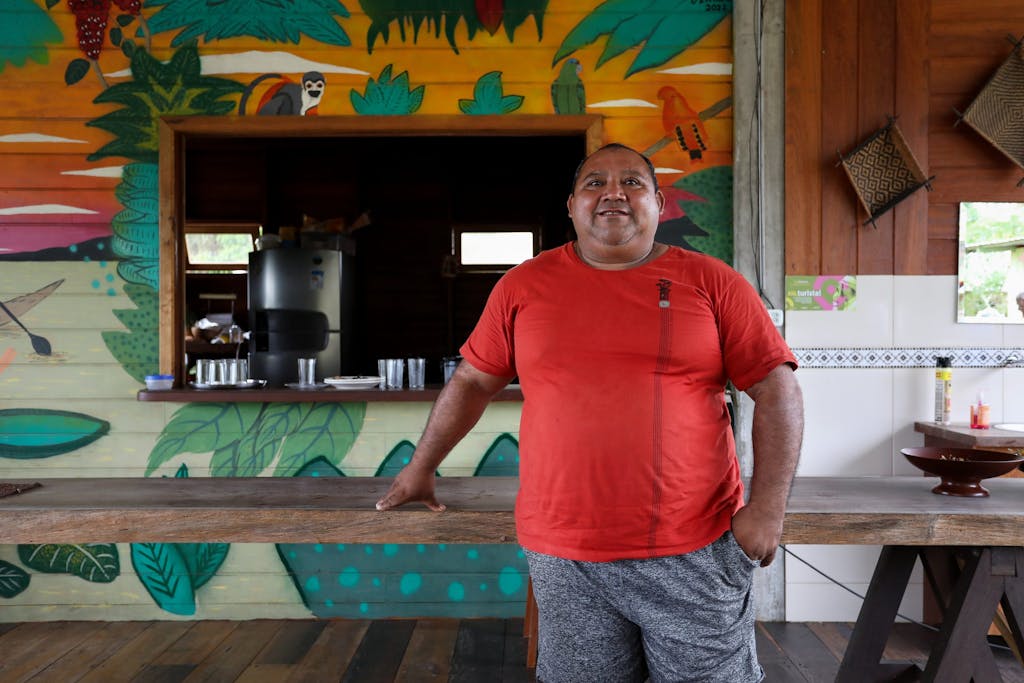
Along Brazil’s Rio Negro, fourth-generation logger Roberto Brito de Mendonça stands in the dining lodge of his community’s ecotourism lodge. He retired from the family business to help start the operation, which includes a newly built classroom named in honor of Dr. Lovejoy. PHOTO: Michael Dantas/United Nations Foundation
10. INDIGENOUS COMMUNITIES ARE CRUCIAL.
For thousands of years, Indigenous communities have served as the planet’s most effective environmental stewards. Today, according to the UN, Indigenous people manage more than 20% of the planet’s land and 80% of its biodiversity. “For us, it is not a passion, or a job,” Hindou Ibrahim of the Mbororo tribe in Chad, an SDG (Sustainable Development Goal) Advocate and Indigenous rights activist, told the UN last year. “It is our way of living. And that’s what we have done for all generations.”
In 2015, the UN created the Local Communities and Indigenous Peoples Platform to ensure their formal participation in global negotiations on climate change.
11. CONSERVATION IS CRITICAL.
One of our most promising solutions is preservation. Restoring degraded ecosystems alone could provide up to one-third of the climate mitigation needed to keep the Earth from warming too far above preindustrial levels. This means creating protected areas, curbing extractive capitalism, and restoring the planet’s enormous amount of degraded land.
People across the globe are leading efforts to do just that. One inspiring example is Rita Mesquita, who expanded the amount of protected rainforest in Brazil by 76% during her time in the country’s Ministry of the Environment. Today, she oversees programs that encourage residents and visitors alike in Manaus to interact with the surrounding Amazon rainforest.
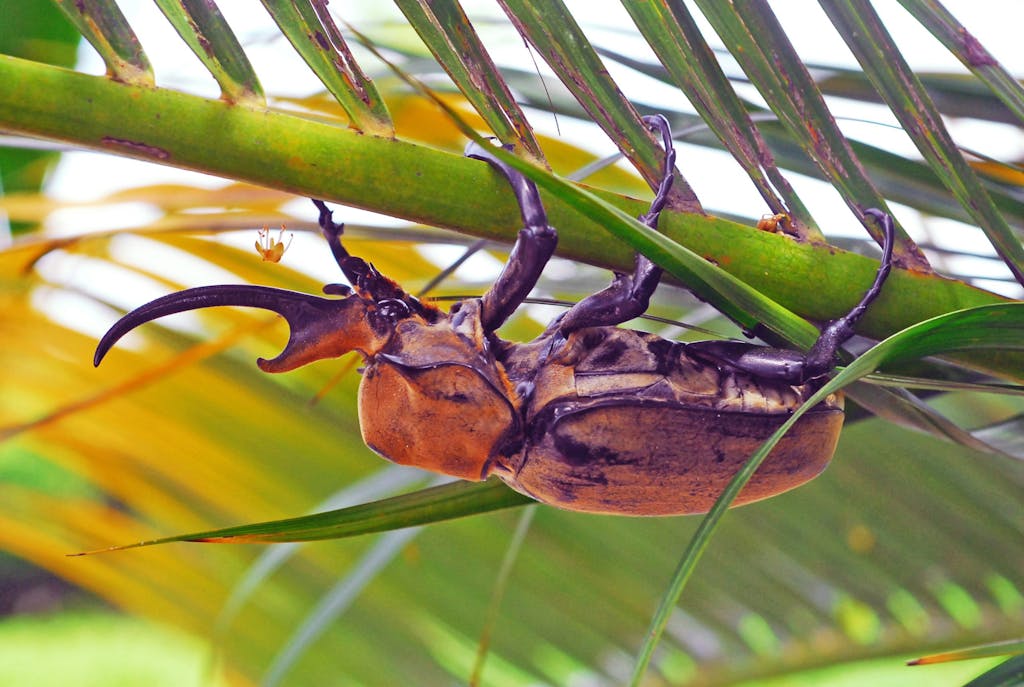
A Rhinoceros Beetle in Costa Rica’s National Park Tortuguero. The rhino beetle is one of the strongest insects in the world with relation to its body size, but because its tropical lowland habitat has been deforested and overcut, it is struggling to survive. PHOTO: GRID-Arendal/Peter Prokosch
12. WE NEED COOPERATION — AND REVOLUTION — AT ALL LEVELS.
We need partnerships among countries, communities, consumers, and corporations. And we’re seeing signs of progress every day. In fact, at COP 27, the Governments of Brazil, Democratic Republic of Congo, and Indonesia announced an alliance to protect their respective rainforests. Their historic agreement could pave the way for more multilateral action and impact. Coming just a month later, the Kunming-Montreal Global Biodiversity Framework represents an enormous and long-awaited step toward halting extinction rates that some scientists are calling an existential crisis akin to climate change.
A huge part of the solution to the biodiversity challenge will be transforming how we approach the natural world and our place within it. As Dr. Lovejoy told the UN Foundation in 2018, “There needs to be a major shift in perception from thinking of nature as something with a fence around it in the middle of an expansive, human-dominated landscape … to thinking about embedding our aspirations in nature.”
























Post comments (0)